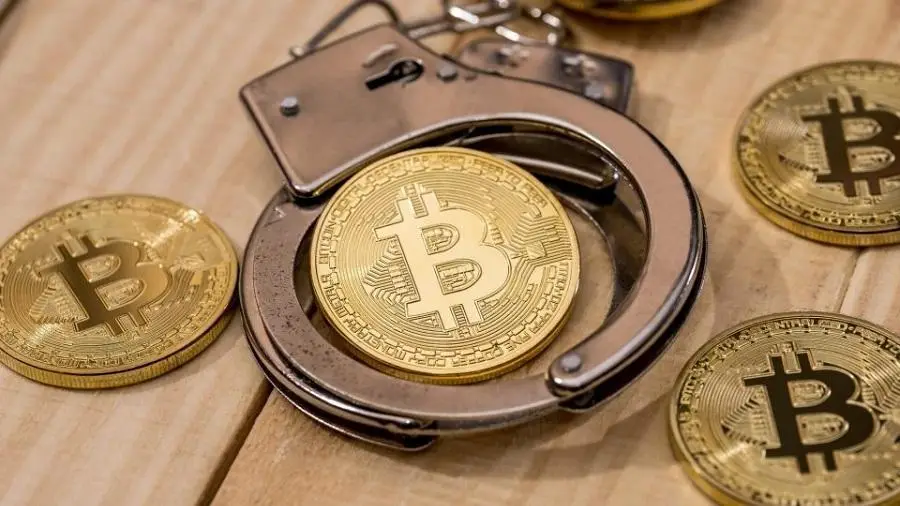The color of the sea in Rio de Janeiro has changed in recent weeks. The dark spots can be seen along the coast of Rio de Janeiro, from the city of Rio to Arraial do Cabo, in the lakes region.
According to experts, the change in water color is caused by a natural phenomenon of seaweed proliferation. However, what is attracting attention is the duration and extent of the event.
David Zee, engineer and oceanographer at the State University of Rio de Janeiro (UERJ) said that despite the phenomenon being classified as natural, it still needs to be analyzed. But he believes that this is an event that will be permanent, in which climate change may have contributed.
“At the beginning of the year it was going to rain and it didn’t. When the rain came, it washed the city and carried the waste out to sea. Within this context, we can also mention the upwelling of water from the ocean floor, which also explains the colder thermal sensation of the water. It is rich in mineral and organic nutrients, further helping to provide organic material and algae blooms. However, in 30 years of studying the sea, I have never seen such a successive phenomenon”, declares Zee.
According to biologist Mario Moscatelli, “in Arraial do Cabo, where the sea has a bluer appearance, red spots were seen right at the beginning of the phenomenon. I have been following this situation for weeks. It usually lasts about 10 days.”
The marine biologist and director of the Instituto Mar Urbano, Ricardo Gomes, explains that the dark color of the sea can be attributed to factors that are happening at the same time and that started three months ago.
“The water is darker and cooler because of east winds. But parallel to this, we also have, in this same period, the bloom of red algae. This has to do with the phenomenon, in which microalgae find the ideal condition to proliferate, in terms of temperature and luminosity. This is usually in the summer, but it’s happening now. They usually find nutrients, which is often the untreated sewage itself that ends up in the sea, causing this eutrophication.”
The phenomenon is still being analyzed and so far no toxic algae have been found. However, experts warn about the need for control bodies to monitor to see if there is no risk of harmful effects in the release of toxin from these algae.
A CNN it also sought out the State Institute for the Environment (INEA) and questioned whether the agency is carrying out this analysis, but has not received any feedback so far.
Reference: CNN Brasil



.jpg)



